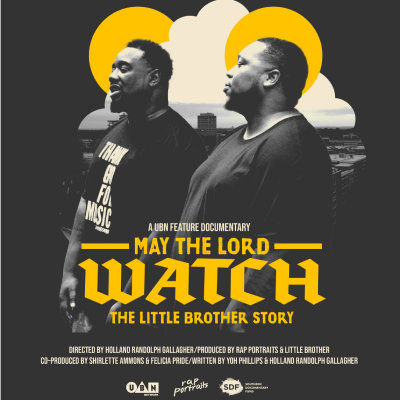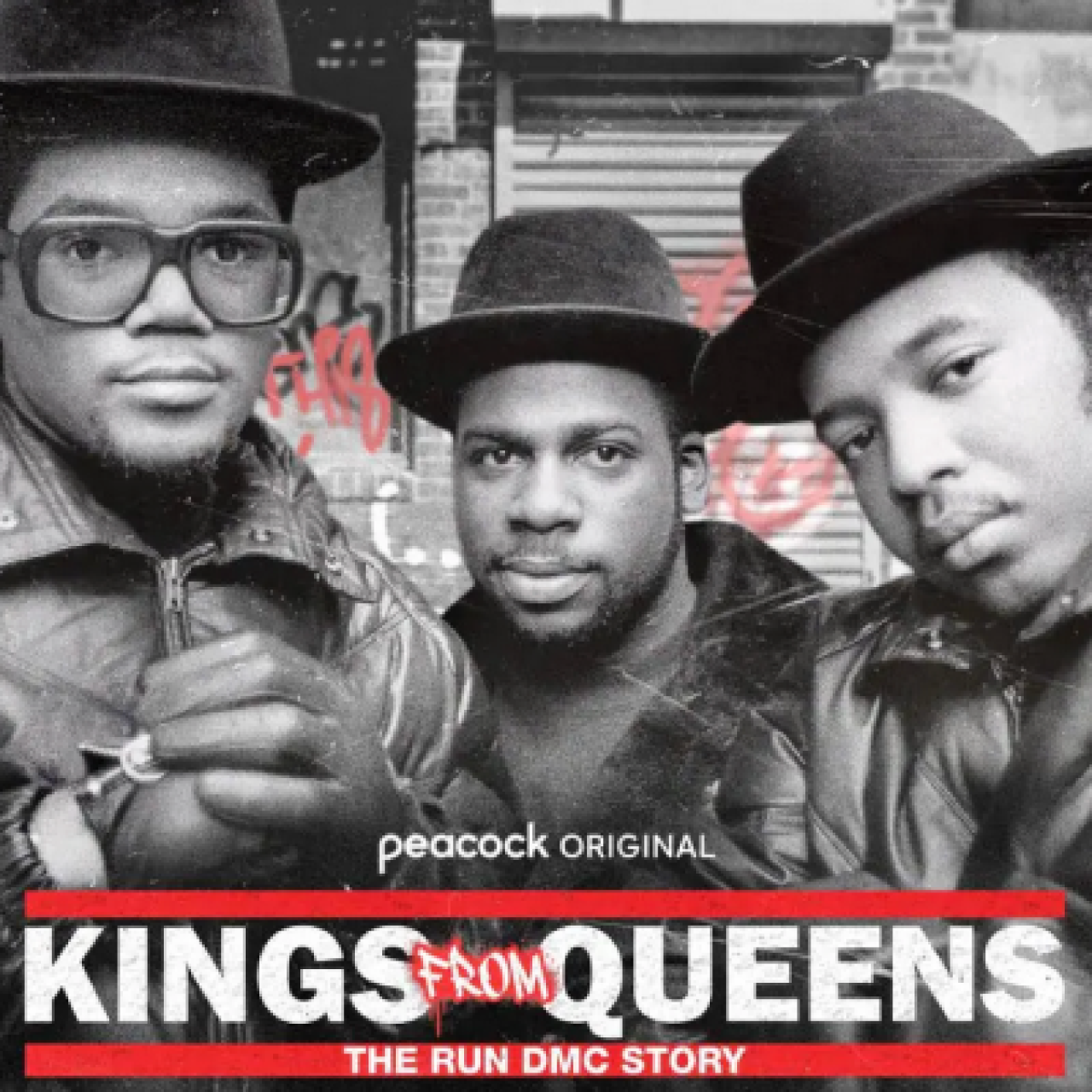The tale of Run-DMC has been told many, many times in numerous forms, from autobiographies to a VH-1 Behind the Music episode. The appeal of Kings from Queens: The Run-DMC Story, beyond its commentary from sundry golden-age legends like MC Lyte and LL Cool J as well as familiar music-doc talking heads like Questlove, is to give testimony about a history that most fans of a certain age will know by heart. The three-part documentary debuted on Peacock on February 1 and, without commercials, lasts around two-and-a-half hours. But it isn’t exhaustive and tacitly avoids some of the group’s controversies. (Run and DMC are listed as executive producers.) Jam Master Jay is rightfully memorialized, but the doc avoids the murky circumstances surrounding his 2002 murder. Jay’s famed protégé 50 Cent is also absent. The group’s final album, Crown Royal, goes unmentioned, as does Rev Run’s disappointing solo excursion, Distortion. Even their battles with record label Profile, documented in books such as Raising Hell: The Reign, Ruin, and Redemption of Run-D.M.C., are glossed over. The filmmakers rightly conclude that old heads will enjoy throwback clips of the trio performing at Live Aid in Philadelphia, and DMC’s heart-rending confessions about struggling with substance abuse and finding solace in Sarah McLachlan’s “Angel.” But where are the post-millennial voices like Joey Bada$$, Fivio Foreign, or Nicki Minaj? Where are the scenes connecting Run-DMC’s sound with modern-day shouters like Meek Mill? While the filmmakers don’t need to pander to the kids, failing to illustrate why younger audiences should care about these 80s hip-hop heroes seems like a missed opportunity to burnish the legend. Kings from Queens is directed by Kirk Fraser and produced by Believe Entertainment Group.

May the Lord Watch: The Little Brother Story
A common trope of authorized music documentaries such as May the Lord Watch: The Little Brother Story is that the filmmakers tend to deliver lengthy, single-camera interviews instead of a compelling, dynamic story. It opens promisingly enough with photos and camcorder footage of Little Brother’s rise in North Carolina during the turn of the century and the making of their 2003 classic The Listening. Animated clips, courtesy of Creative Junk Food studio, as well as talking heads such as The Roots’ figurehead Questlove and journalist Dart Adams fuel the narrative. But eventually, the doc slows to a crawl as Phonte Coleman and Big Pooh go back and forth, detailing issues with former labels ABB Records and Atlantic Records as well each other, leading to a 2010 breakup, a reconciliation, and an anticipated reunion album, 2019’s May the Lord Watch. Fans who have followed the Little Brother story won’t be surprised by the absence of producer and group co-founder 9th Wonder. More damaging is that the filmmakers fail to show instead of tell us how Little Brother are part of a “bridge” between Native Tongues and current superstars like Kendrick Lamar and Drake. Fewer scenes of the duo sitting in separate rooms, talking into a camera would have helped. And did you know that Big Pooh featured on Lamar’s breakthrough mixtape, Kendrick Lamar EP? Look it up because this film won’t tell you, although it manages to include an unexplained clip featuring Pooh, Lamar, and Ab-Soul. May the Lord Watch is directed by Holland Randolph Gallagher, and was released on YouTube last November. Little Brother and the company Rap Portraits, a collaboration between Gallagher and Yoh Phillips, produced it.

